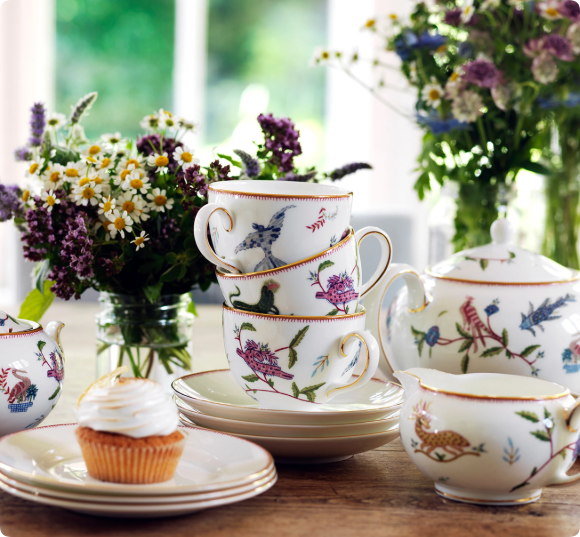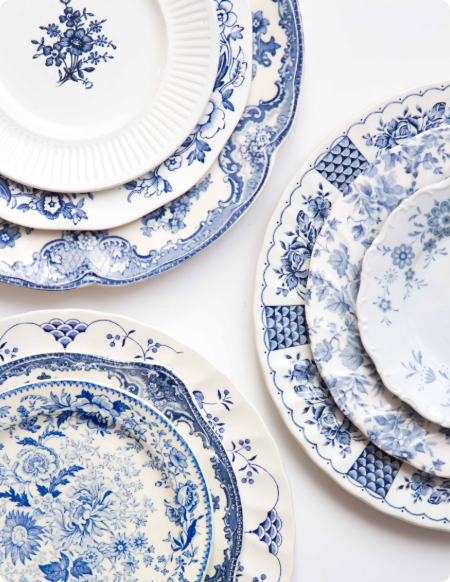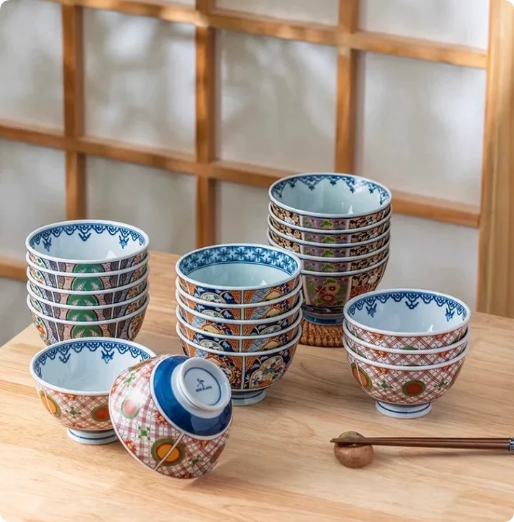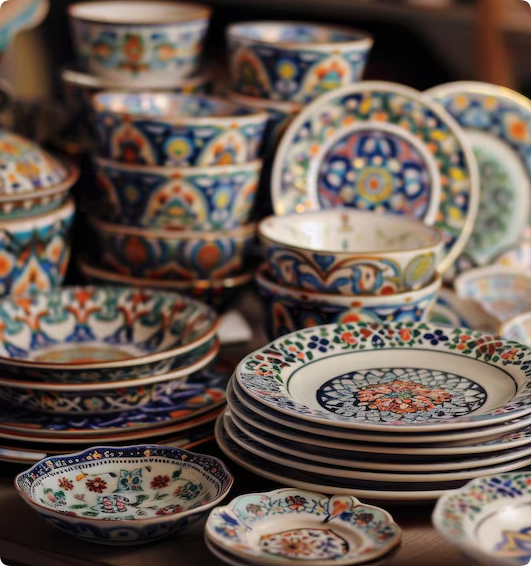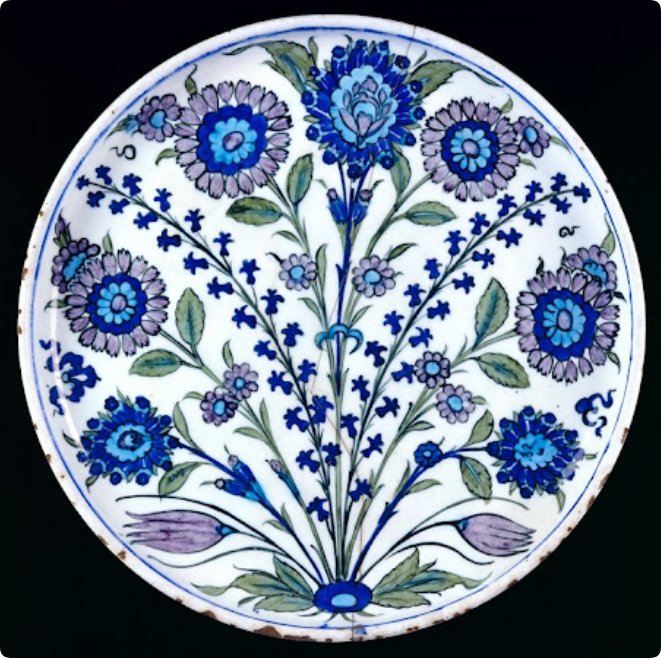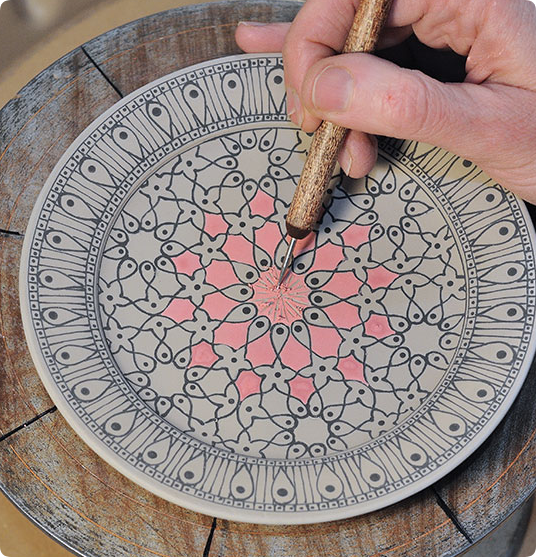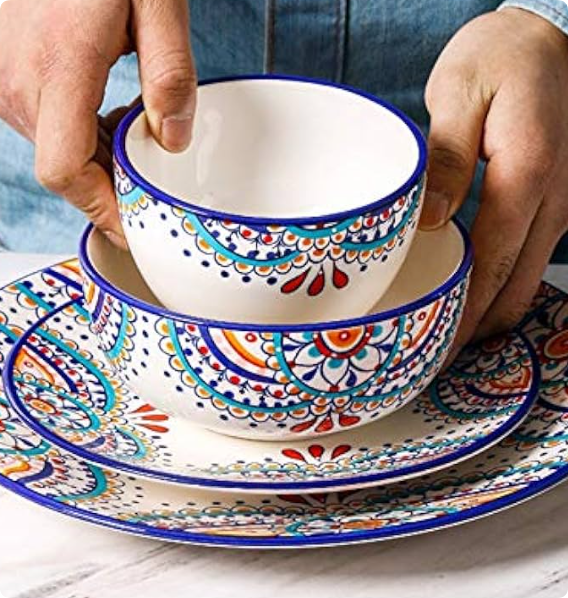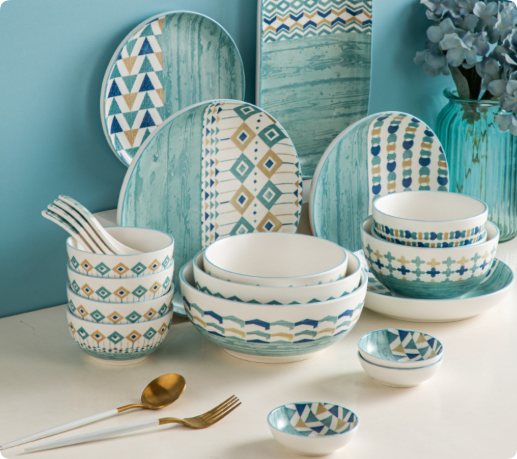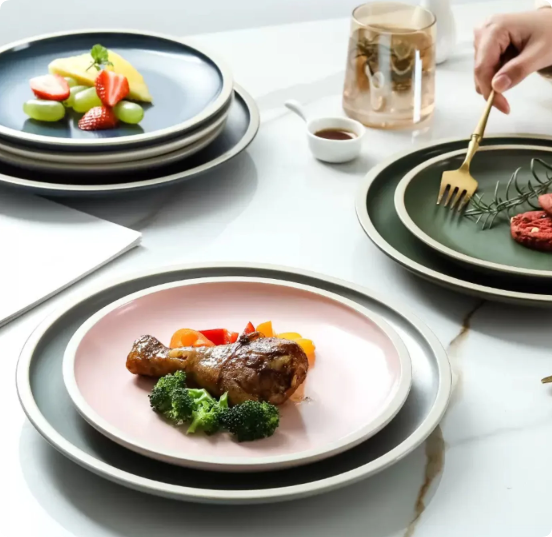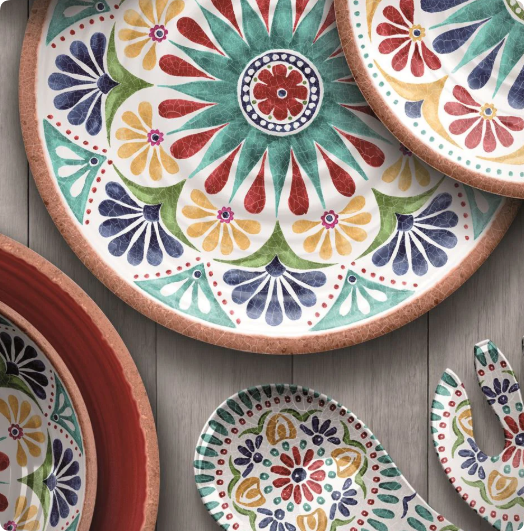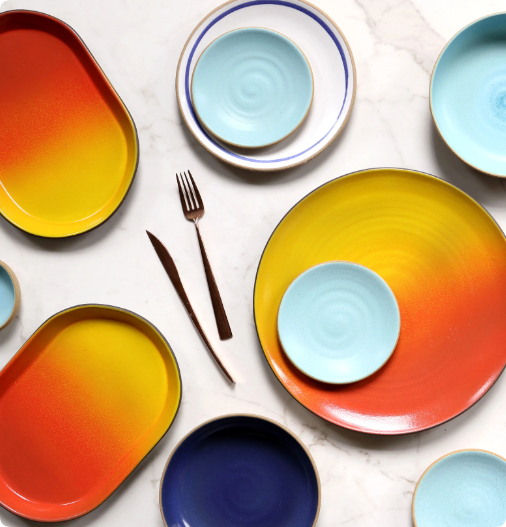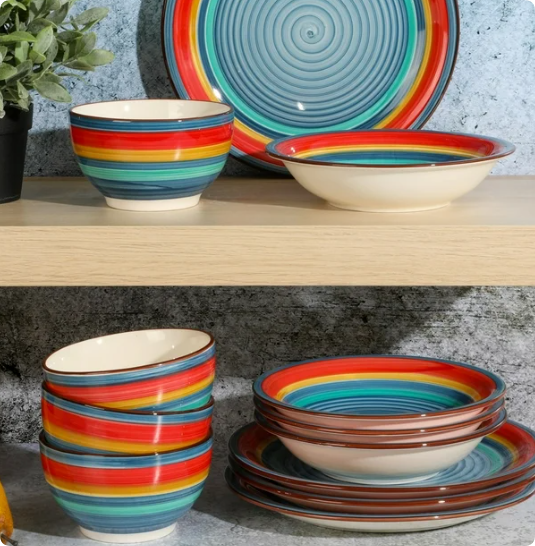In the globalized world, kitchenware is no longer just functional; it has become an integral part of home décor, culture, and personal style. Ceramic kitchenware, in particular, offers a unique opportunity to blend cultural design elements with contemporary trends, catering to diverse markets worldwide. For manufacturers, retailers, and designers, understanding how to incorporate cultural design elements into ceramic kitchenware is crucial to appeal to international customers while respecting their cultural values.
The Power of Cultural Design in Ceramic Kitchenware
Ceramics, as a material, have been cherished for centuries due to their versatility, durability, and aesthetic appeal. From ancient pottery to modern-day ceramics, different cultures have used pottery as a form of expression, creating designs that are deeply connected to their history, environment, and way of life. Today, ceramic kitchenware is no exception, and incorporating cultural design elements can make a product stand out in the crowded global marketplace.
By adding elements from various cultural traditions, manufacturers can create unique ceramic pieces that resonate with consumers across different regions. This can significantly boost the appeal of a product, especially in an age where consumers increasingly value personalization and cultural authenticity.
Key Considerations When Integrating Cultural Design Elements
When incorporating cultural elements into ceramic kitchenware, several key factors must be considered:
1. Understanding Cultural Significance
Before adopting any design, it is important to understand the cultural significance behind it. Certain colors, shapes, and motifs may hold deep meanings in different cultures. For example, red is a color of good luck in China, while blue and white are often associated with tranquility and peace in many Western cultures. In contrast, patterns featuring nature elements like flowers or animals are prevalent in many Indigenous cultures.
Incorporating culturally relevant elements ensures that the design is not only aesthetically pleasing but also respectful and meaningful to the target audience.
2. Balancing Tradition with Modernity
While cultural design elements are often rooted in tradition, today’s consumers are also interested in modern aesthetics. Blending traditional cultural designs with contemporary trends can create a product that feels both timeless and fresh. This fusion of old and new helps bridge the gap between heritage and modernity, making products attractive to a wider range of customers.
3. Tailoring Designs for Different Markets
Global markets have different tastes and preferences when it comes to kitchenware. Understanding these differences is essential when designing ceramic products for various regions. For instance, North American consumers might prefer minimalist, sleek designs, while European customers might lean towards more ornate, decorative styles. Asian markets, on the other hand, may favor designs that incorporate symbolism or traditional motifs.
By tailoring designs to suit regional preferences while staying true to cultural roots, manufacturers can ensure that their products are well-received worldwide.
Incorporating Cultural Design Elements: Examples Across Different Cultures
East Asia: Subtle Elegance and Symbolism
East Asian ceramic designs are often characterized by minimalism, subtlety, and a deep connection with nature. In Japan, for instance, pottery has long been linked to Zen philosophy, emphasizing simplicity, functionality, and imperfection. The Japanese concept of “wabi-sabi” celebrates the beauty of imperfection and transience, which can be reflected in ceramics through uneven glazes and organic forms.
In China, ceramic designs often feature symbolic motifs, such as dragons, phoenixes, and peonies, representing prosperity, strength, and beauty. Incorporating these symbols into modern kitchenware can create pieces that feel culturally rich and meaningful.
Incorporation Tips:
- Use muted tones such as beige, cream, and soft pastels to reflect the understated beauty of East Asian ceramics.
- Incorporate symbolic elements such as flowers, animals, or mythical creatures in subtle patterns or engravings.
The Middle East: Intricate Patterns and Rich Colors
The Middle East is known for its vibrant, intricate ceramic designs that often feature geometric patterns and floral motifs. Islamic ceramics, in particular, are known for their detailed arabesque designs, which are based on repetitive patterns that symbolize infinity and unity.
Colors like turquoise, cobalt blue, gold, and deep reds dominate Middle Eastern ceramics, creating a sense of opulence and warmth. These designs often emphasize symmetry and balance, which are highly valued in Islamic art.
Incorporation Tips:
- Use rich, bold colors like gold, turquoise, and deep reds.
- Experiment with intricate geometric patterns and flowing floral motifs that convey symmetry and harmony.
Europe: Classic and Contemporary Designs
In Europe, ceramic designs have evolved significantly over time. From the Baroque opulence of 17th-century pottery to the clean, functional designs of Scandinavian ceramics, European pottery reflects a blend of classic and contemporary influences.
Italian ceramics often feature vibrant, hand-painted patterns with a focus on Mediterranean themes such as fruit, flowers, and landscapes. In contrast, Scandinavian designs emphasize minimalism and functionality, with simple lines and muted colors.
Incorporation Tips:
- Combine classic European designs with modern influences, using minimalist shapes or contrasting colors for a contemporary twist.
- Draw inspiration from Mediterranean and Scandinavian motifs, creating pieces that blend artistry with practicality.
Latin America: Bold and Colorful Designs
Latin American ceramics are known for their bold use of color, as well as their connection to indigenous traditions. Ceramics from countries like Mexico and Guatemala often feature bright, contrasting colors such as reds, yellows, and blues. These colors reflect the vibrant culture and landscape of the region, while the designs often incorporate elements of folk art and symbolism.
Incorporation Tips:
- Use bright, contrasting colors to create eye-catching designs that reflect the lively spirit of Latin America.
- Integrate folk art elements, such as animals, flowers, and abstract symbols, into the ceramic design.
How to Effectively Use Cultural Design Elements: A Comparative Analysis
The following table compares the design elements commonly found in ceramics from different cultures, highlighting key aspects to consider when incorporating these elements into global ceramic kitchenware.
| Culture | Design Elements | Colors | Key Symbols/Motifs | Incorporation Tips |
|---|---|---|---|---|
| East Asia | Minimalist, nature-inspired, asymmetry | Muted tones (beige, cream, pastels) | Cherry blossoms, dragons, phoenixes, nature | Subtle, organic shapes, imperfections celebrated (wabi-sabi) |
| Middle East | Intricate geometric patterns, symmetry | Turquoise, cobalt blue, gold, deep reds | Arabesques, floral patterns, stars, moons | Rich colors, detailed patterns, opulent designs |
| Europe | Elegant, functional, sometimes ornate | Soft pastels, muted tones, vibrant hues | Fruit, flowers, abstract patterns | Blend classic and contemporary styles, minimalism |
| Latin America | Bold, folk art-inspired, colorful | Bright reds, yellows, blues | Folk art motifs (animals, flowers, geometric) | Vibrant colors, abstract patterns, cultural symbols |
Conclusion
Incorporating cultural design elements into ceramic kitchenware is an exciting opportunity for manufacturers to create unique, meaningful products that appeal to a global audience. By understanding the cultural significance of colors, patterns, and symbols, manufacturers can design ceramic pieces that resonate deeply with consumers, whether they are in East Asia, the Middle East, Europe, or Latin America.
At EKA, we understand the importance of cultural sensitivity and creativity in ceramic design. Our team works closely with clients to ensure that every ceramic piece reflects the values and tastes of their target market, while maintaining the highest standards of craftsmanship and quality. If you are interested in creating customized ceramic kitchenware that incorporates cultural design elements, feel free to contact us. We offer both OEM and ODM services tailored to your specific needs.

